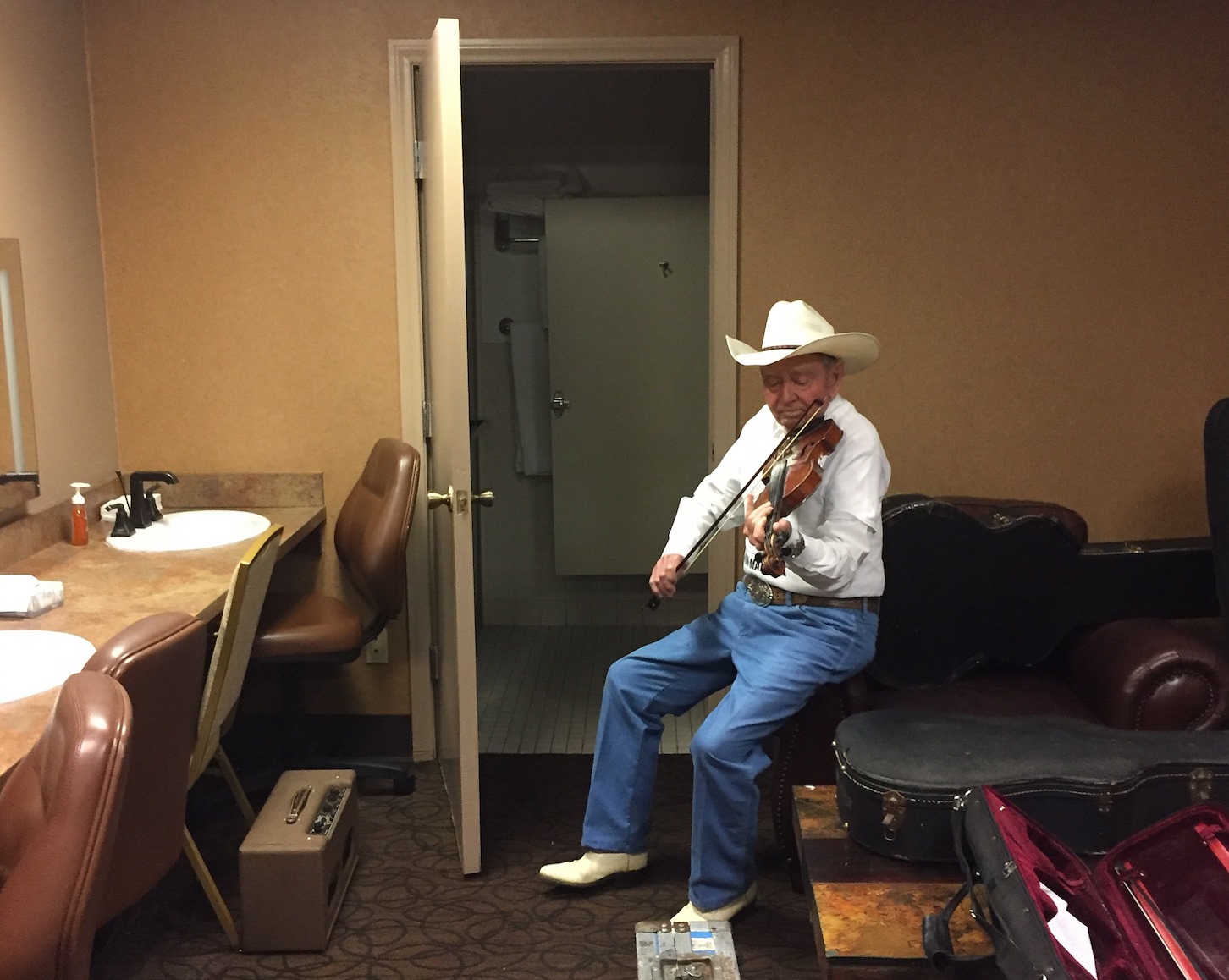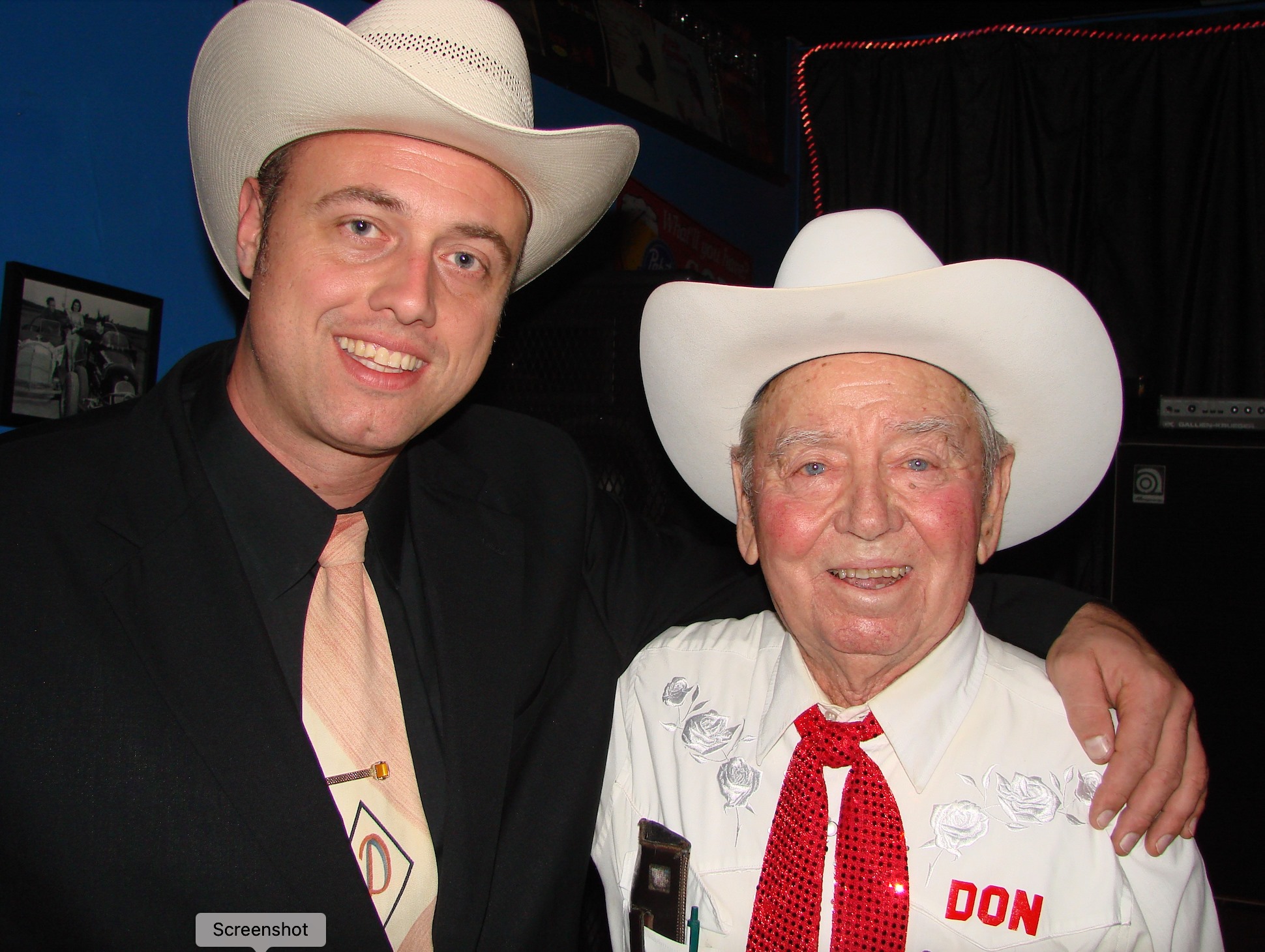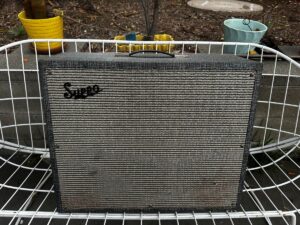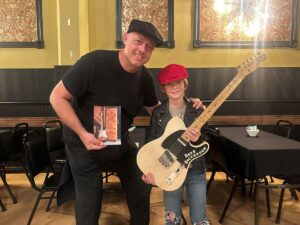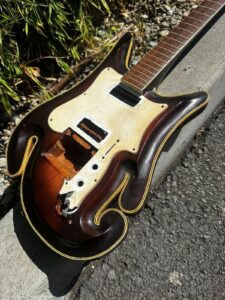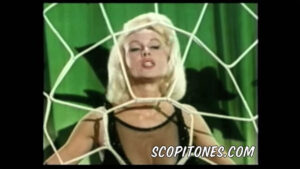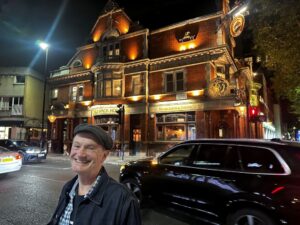One morning about ten years ago, I spent the night on Don Maddox’s couch at his farm in Ashland, Oregon. We had a nice visit in the evening, talked about his days as the fiddle player in his family band, The Maddox Brothers and Rose. We looked through his scrapbooks from their golden era of the late 1940s and early 1950s, when they were known as “America’s most colorful hillbilly band,” driving around a fleet of brand-new Cadillacs and playing to thousands of people at sold-out dancehalls up and down the West Coast and beyond. I crashed out on Don’s couch, only to be awakened with his face hovering a foot over mine at 5:50 am the next morning.
“HOW MUCH LONGER ARE YOU GONNA SLEEP?”
When a 90-year old hillbilly music legend wakes you up before 6 am, you’ve officially entered nonagenarian world. I scrambled to get myself together, then we drove down the road to eat breakfast at one of his favorite local restaurants. After breakfast, we drove further down the road to the local cemetery where most of his musical family were buried—Sister Rose, Cal, and “Friendly” Henry. Don, whose patience was about the length of a sneeze, stood there for about 30 seconds before it was obvious he was ready to go. Then, he took a few steps and stood over the headstone with his name on it, and motioned to me as I took photos of the other Maddox graves:
“HEY, YOU WANT TO GET A PICTURE OF ME STANDING ON MY OWN GRAVE? HA HA HA HA HA!”
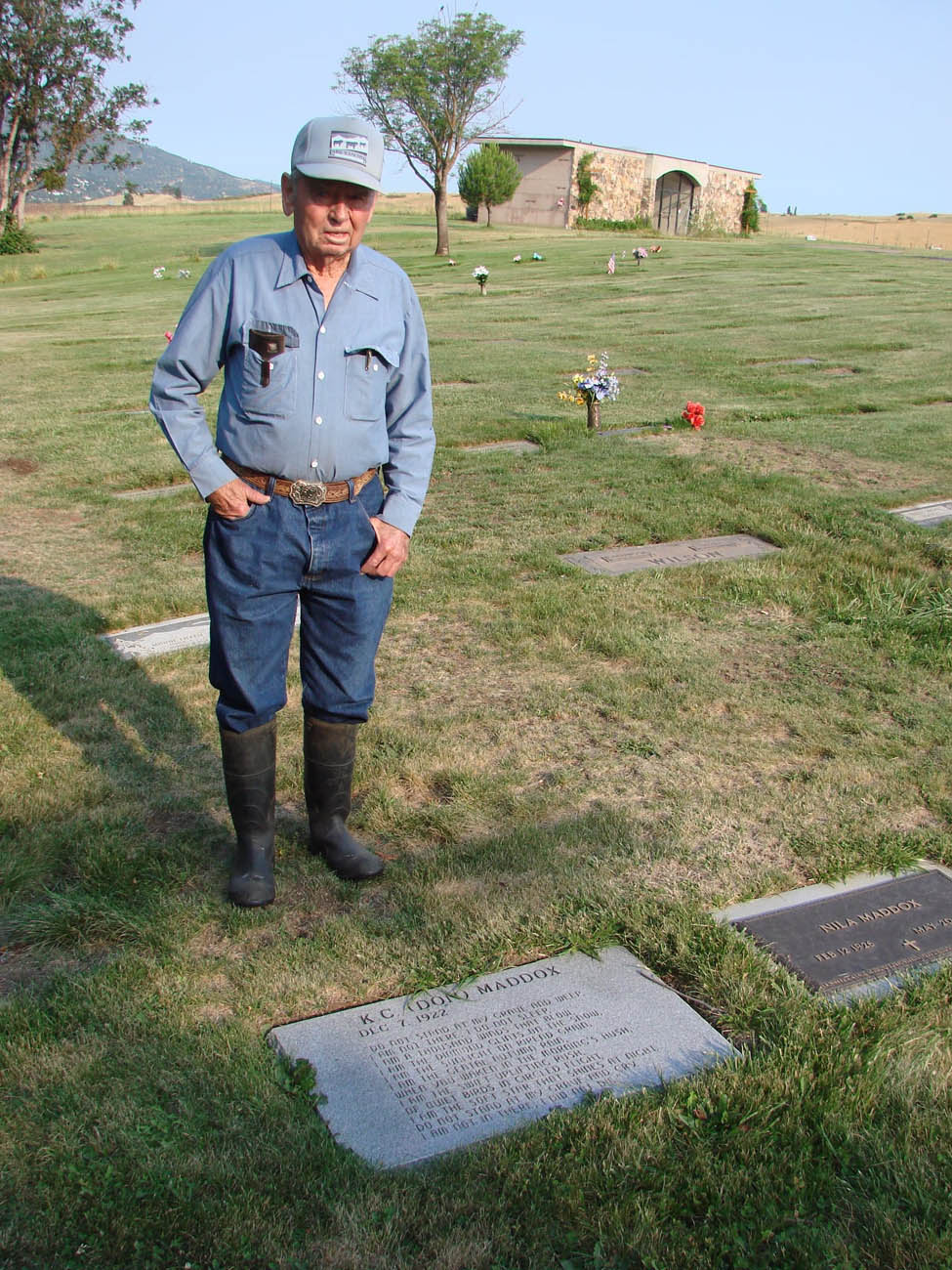
Man, hanging out with 90-year olds is a trip. Don thought that was the funniest thing ever.
I love hanging out with old people. I love their history, stories, and experience. I always think to myself how many stories got lost when somebody didn’t write them down before an elderly person passed on. I’ve spent time and interviewed quite a few people in their 70s and 80s. But the 90-somethings are a whole different breed. There’s nothing as punk rock as a nonagenarian.
I was lucky enough to spend time and play music with Don a bunch of times (and his wife Barbara, who he married after my couch-crashing experience). Every time was a grand experience that I wouldn’t trade for any amount of money. He was 90-something years old and had zero ****s left to give. I watched him eat two bowls of vanilla ice cream for dinner after a show. I watched him tell Viagra and Incontinence jokes live on the ‘Grand Ole Opry.” He once looked at the steel player we had on a gig and said, “Who the hell are YOU?” He called himself as “America’s newest oldest singing sensation” and would often introduce a number as “my latest release on Columbia Records,” even though the record had been released in 1955. Don Maddox was what they used to call “a live wire.” Don Maddox was hillbilly royalty.
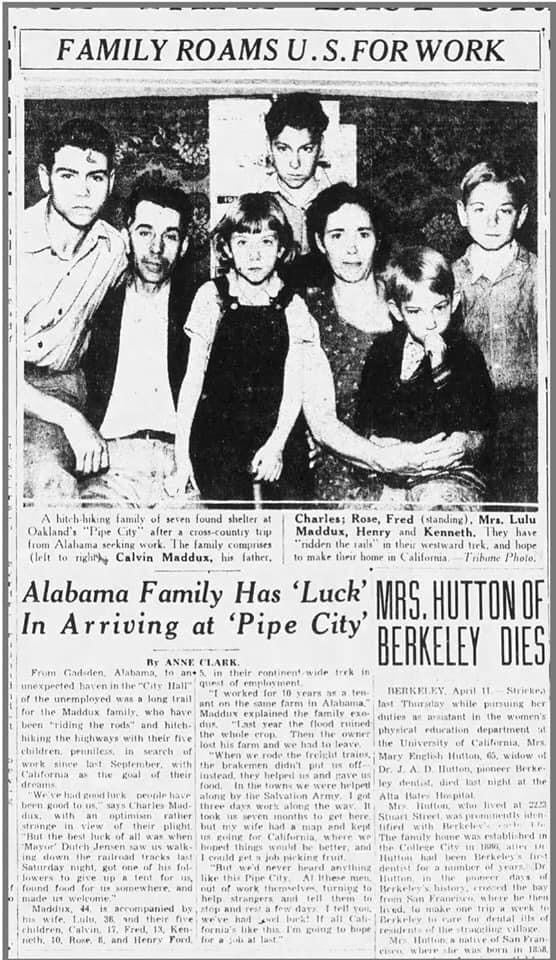
You couldn’t write a Depression-era story better than the Maddox saga. Starving in the early 1930s in their home state of Alabama, the large Maddox family set out for California because the matriarch of the family, Lula, had read in magazines that gold “grew on trees” in California. It was a reference to the state’s booming fruit industry, but Lula read it literally and thought that actual gold could be plucked from the trees, so she insisted the family head west. They started out walking, then learned how to hop on freight trains, eventually winding up in Oakland, California’s “Pipe City,” a homeless camp in an industrial part of Oakland where families like the Maddoxes lived in large drainage pipes in construction yards. The Maddox family, dirty and poor, were featured in the Oakland newspaper in 1933. At the time, young Kenneth Chalmer Maddox (later to be known as “Don”) was ten years old.
Eventually the family made its way to Modesto, California, in the San Joaquin Valley, where they worked from sunup to sundown in labor camps picking fruit and harvesting crops. The work was hard. They slept on the ground. Fred Maddox, the brother who hated to work the most, talked a local furniture company into sponsoring the family as a musical act on the radio (Fred never really did learn how to play the upright bass, in fact I had to tune his bass one time because he didn’t know how—but that didn’t matter much because Fred was a born entertainer and had a natural feel with the “slap” style of bass—influencing people like Bill Black in the rockabilly movement that came later). The furniture company agreed to sponsor the Maddox family radio show, as long as they had a female singer. Little Rose Maddox was drafted as the family’s “girl singer,” even though she was only 12.
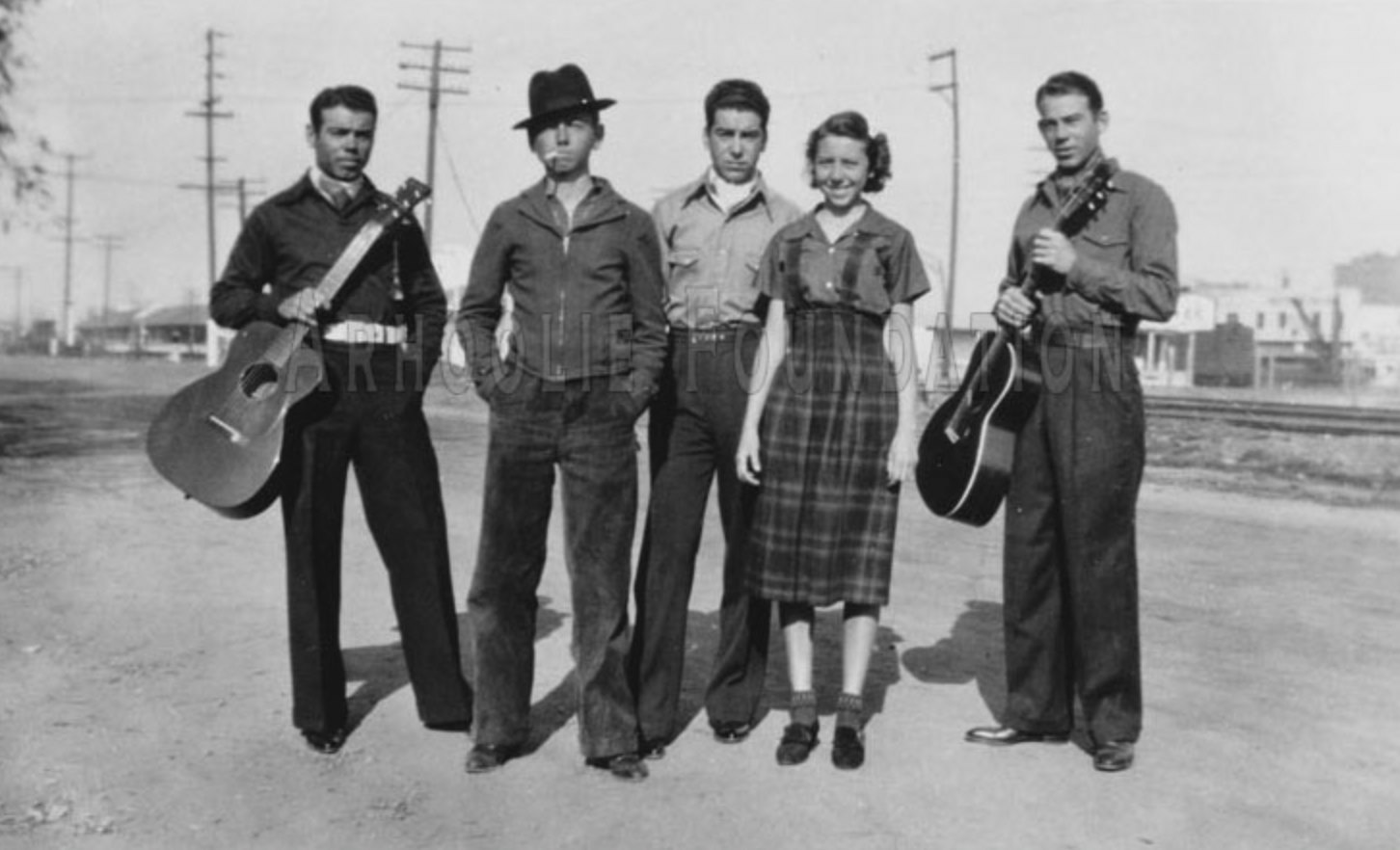
From those humble beginnings, The Maddox Brothers and Rose began their ascent to stardom. “Don Juan” was their fiddle player and comedian. After World War Two ended, hillbilly music on the West Coast received a shot of adrenalin from all the transplanted hillbillies living in California, and the Maddoxes became hugely popular, recording for 4-Star Records and later Columbia Records. They drove a fleet of Cadillacs and wore the flashiest custom Western suits you could get at the time (made by a San Fernando Valley tailor named Nathan Turk), which gave them the “most colorful hillbilly band” trademark.
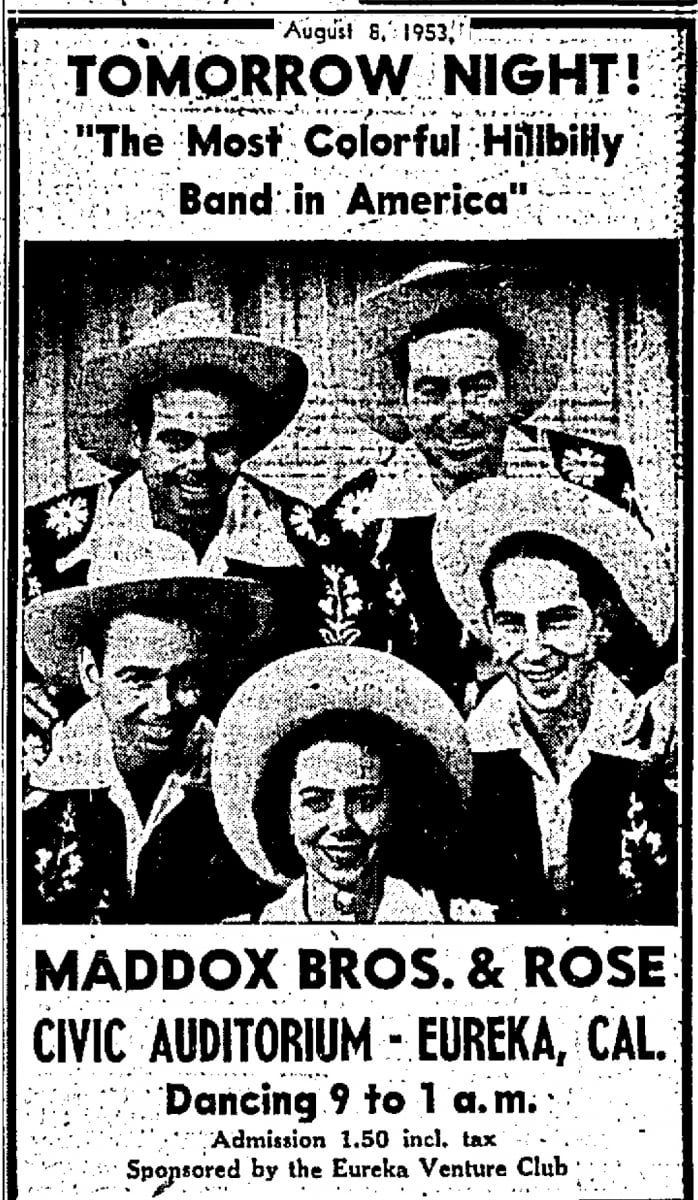
The family band had incredible success for just under ten years, from 1946-1955. In 1955, Rose left the family to work as a solo artist (and had a successful, decades-long career on her own). The Maddox Brothers soldiered on with Don’s wife Loretta for a short time (and their extra added attraction, the young rockabilly kids Glen Glenn and Gary Lambert doing their best Elvis numbers), but by 1956 it was all over for the Maddox Brothers. Don went to an agricultural school in the San Fernando Valley in Los Angeles, and bought a 300-acre farm in Ashland, Oregon, where he ran “Maddox Revolution Angus” for decades, hidden away from the music business.
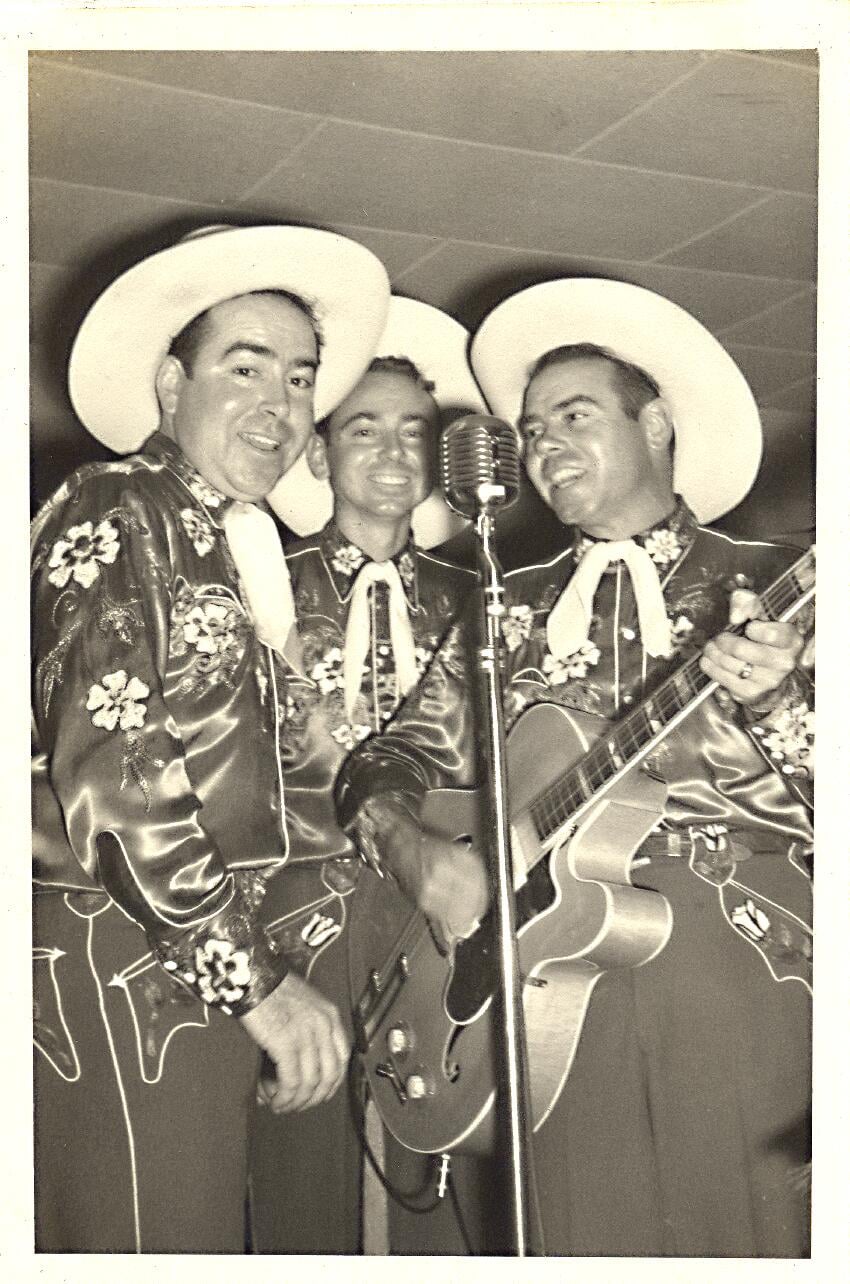
Along the way, the other Maddoxes passed away. First, brother Cliff died in 1949, and youngest brother “Friendly” Henry Ford Maddox (“the workin’ girl’s friend”) took his spot. Cal died in 1968. Friendly Henry passed in 1974. Fred Maddox died in 1992 (I got to see him a handful of times after I moved out here to California in 1991—man, he was a RIOT!). Rose Maddox died in 1998 (I got to back her up once, in 1996, but that’s a story for another day). Another decade or so went by until people realized that “Don Juan” Maddox was still alive up in rural Oregon, the last surviving member of America’s Most Colorful Hillbilly Band.
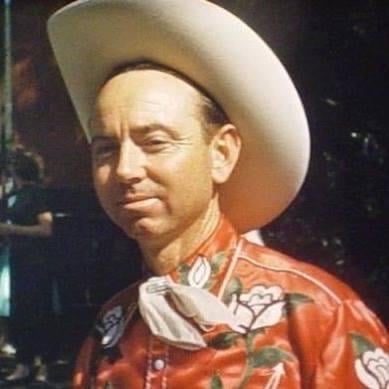
I first saw Don when some local punk rock psychobilly guys in Medford, Oregon, talked Don into coming out and playing a show opening up for me as I passed through town. They backed him up at a little club called “Johnny B’s” and it was a raucous as you could imagine. Don had homemade T-shirts for sale, made with craft glue and glitter and a silkscreened picture of himself. He wore one of his own shirts as he appeared on stage. Johnny B, the owner of the place, was in hog heaven. He was so happy that they had somehow talked Don into playing again. When I was introduced to him, Don and I hit it off right away. All the young kids loved him—he was the real deal.
Around this same time, Marty Stuart brought Don out to appear on his television show. Marty had purchased all of the Maddox’s western suits twenty years earlier from Rose, and along with Merle Haggard, Marty consistently brought up the Maddox Brothers and Rose in interviews and documentaries, letting people know their importance in country music history. Don soaked it all in, relishing in his newfound “stardom” after 50 years of obscurity. We brought him to one of our “Hillbillyfest” shows in Burbank, where we had him shuttled from his hotel to the club in my 1960 Cadillac, and Dave Stuckey and I rolled out a red carpet for him to walk into the club on (I had found the red carpet at an estate sale a few weeks earlier). We did our part to treat him like hillbilly royalty, because he was. He loved the attention.
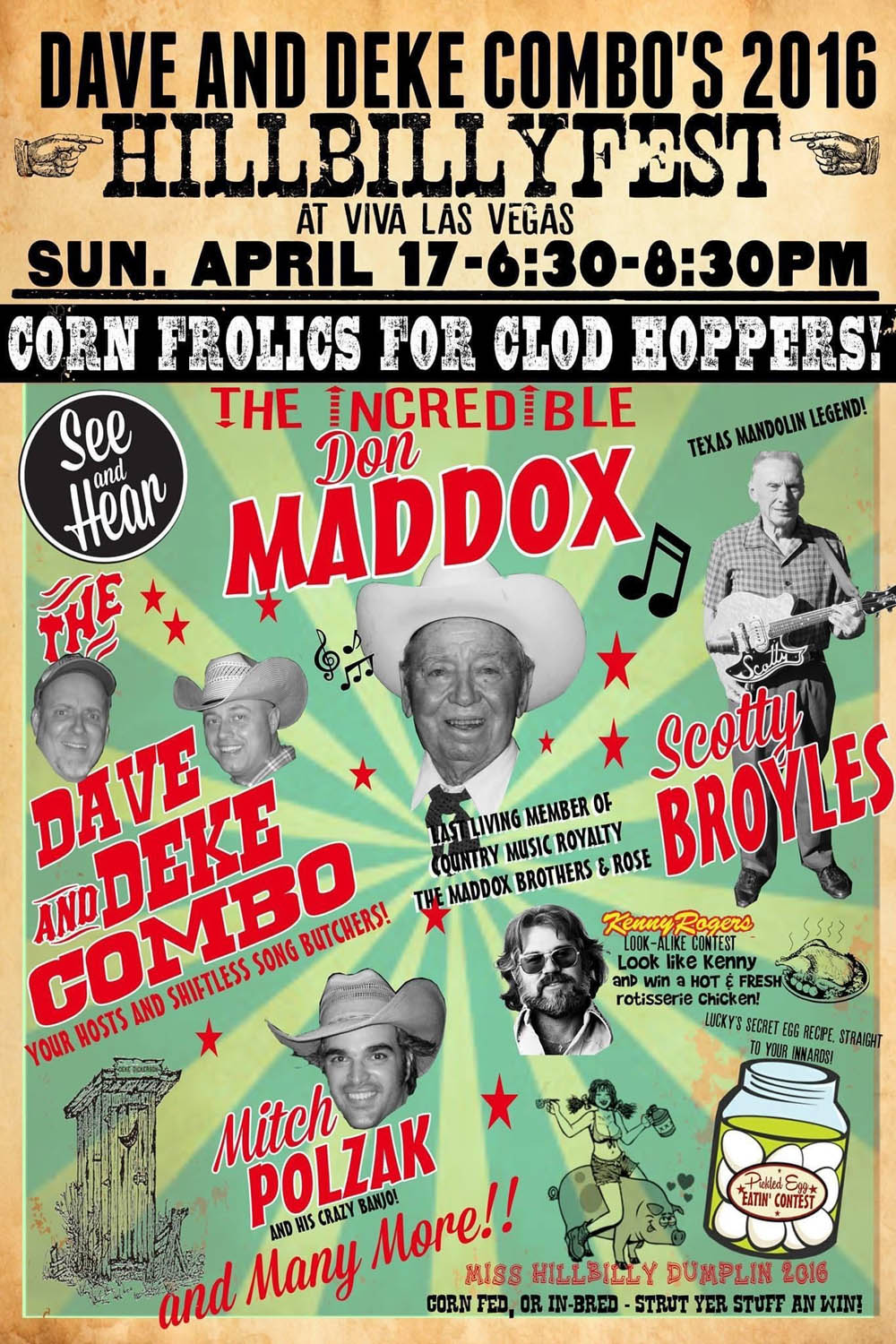
A couple years later, I got to back up Don at the Country Music Hall of Fame in Nashville, when they opened up their Bakersfield exhibit with a concert featuring other West Coast legends—Rose Lee Maphis, Red Simpson, Dallas Frazier, and others. On that same trip, Marty Stuart arranged to have Don on the Grand Ole Opry, where Don followed several young gun new-country singers with his brand of high-octane hillbilly—and Viagra and incontinence jokes—and he tore the house down. Standing ovation. A 90-year old with zero ****s left to give is show business gold, especially in country music, where the new young singers seem so phony and manufactured. Not Don. He was completely fearless.
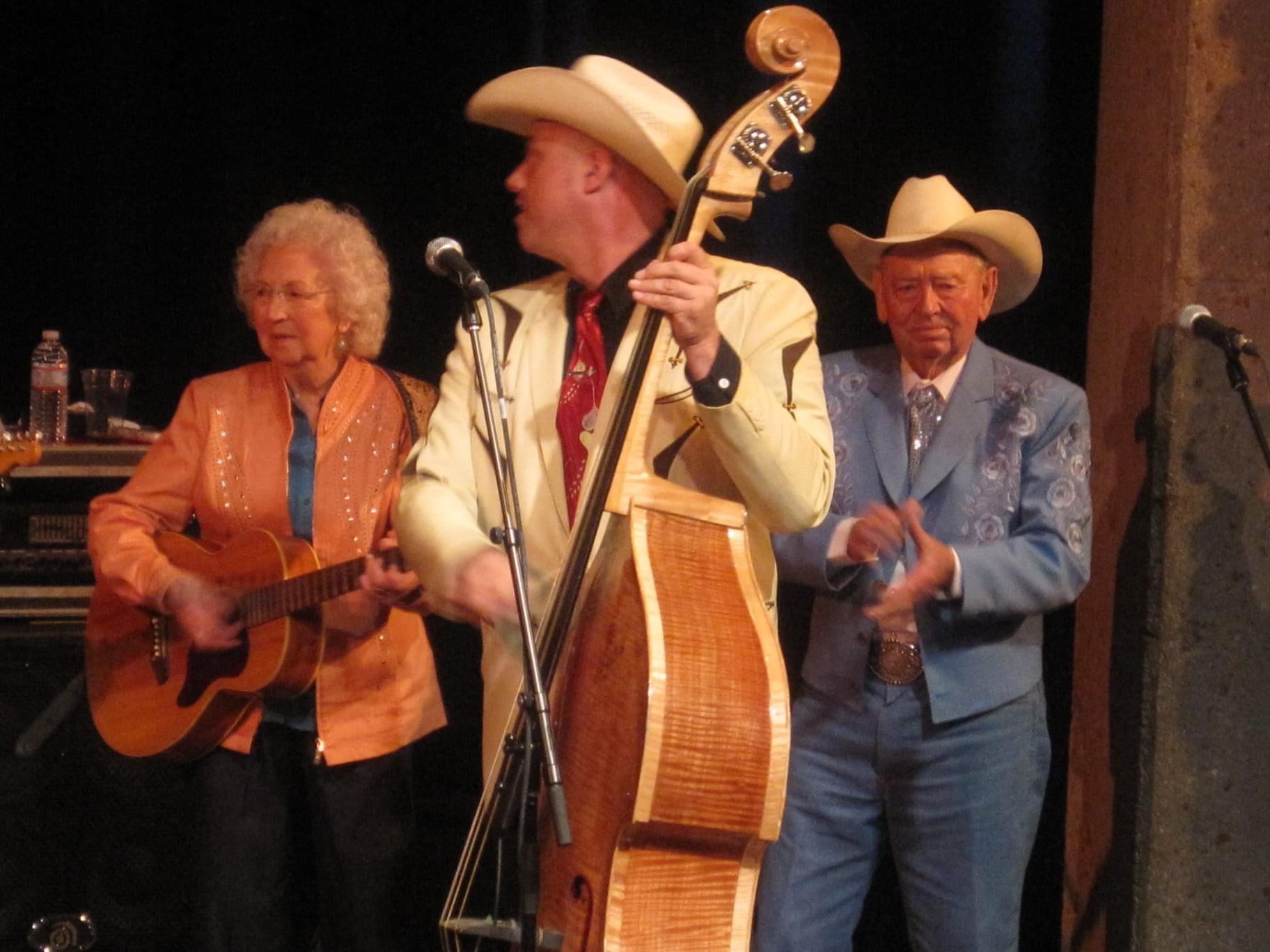
Don’s memory started to go (at the last show we played with him, back in 2016, he even worked it into the act, telling a joke about a doctor who tried to help him with his memory problems, followed by a long pause, ending with, “but I forgot the joke”). The last show we played with him, he celebrated the end of his long run in show business with a dinner of two giant bowls of vanilla ice cream. Because, as I had observed, when you outlive everybody else and reach that magical decade of your nineties, you can pretty much do whatever the hell you want, without apologies.
The last few years were pretty rough with advanced Alzheimer’s, but Don Maddox soldiered on until Sunday, September 12th, when he passed away at the age of 98. To say it was the “end of an era” is a massive understatement. I was proud to know him, and proud to call him my friend. Condolences to his wife Barbara and the remaining members of the Maddox family.
To paraphrase the words of the immortal Billy Miller (from Kicks Magazine/Norton Records): “If there were any justice in the world, Kenny Rogers would have to be the gardener at the mansion that The Maddox Brothers and Rose never got to live in.”
RIP K.C. “Don” Maddox December 7, 1922- September 12, 2021.
